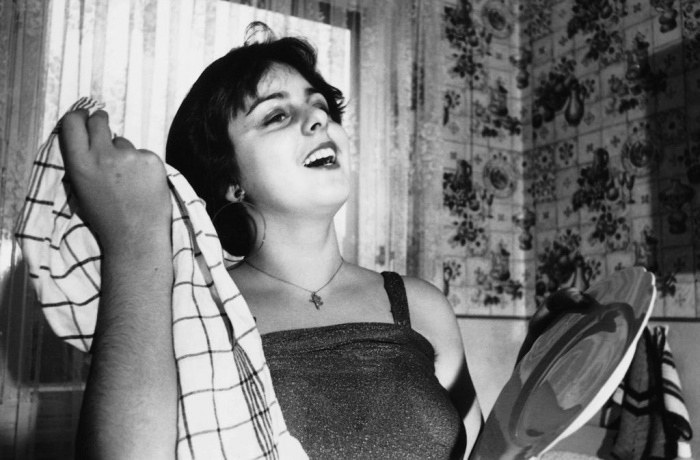
Today, on April 25, we invite you to join the discussion with Ukrainian and foreign film critics within DOCU/CLASS workshop. Turn on the live stream at 5 p.m. and watch the talk "Why watch essay film online?". The original version in English is available at our Youtube-channel. The film critic Natalya Serebryakova reveals why the genre of film-essay is so special.
“Essay films are arguably the most innovative and popular forms of filmmaking since the 1990s”, Timothy Corrigan wrote in his book The Essay Film (2011). This genre comprises documentary or non-fiction films that reflect reality by using speech, images and sounds to transmit a message. The personal dimension and the filmmaker’s style make an essay remarkable.
In film criticism, the term ‘essay film’ describes the self-reflective and self-referential area of documentary cinema that blurs the boundaries between fiction and non-fiction. Cinematic pieces of this type appeared soon after the Lumière brothers had created their first films. However, the scholars agree that this definition was first used in 1940 by the avant-garde artist and experimental filmmaker Hans Richter. Subsequently, André Bazin also developed interest in the essayistic form and analysed Chris Marker’s Letter from Siberia (1957) – a screen essay about the reality of past and contemporary Siberia. Chris Marker is considered the founder of the genre of cinematic essays.
The French ‘new wave’ popularised short essays, and the German ‘new cinema’ was revived through them thanks to widespread interest in national history studies. Film essays also have a literary genealogy; for instance, they can be propagandist (Dziga Vertov), research work (Chantal Akerman), or diary film essays (Jonas Mekas).
Among the most renowned contemporary essay filmmakers are Jem Cohen, Bruce Bailey, and the late Peter Hutton. They use still frames in a manner that resembles literary authors’ use of sentences, creating links between meanings and constructing certain messages from the material; each filmmaker’s piece is, first and foremost, an image of their personality.
The No Image Available programme at Docudays UA-2020 present film-essays of different years by the prominent authors. Films are available ar docuspace.org.
__
Main photo: a still from I Often Think of Hawaii